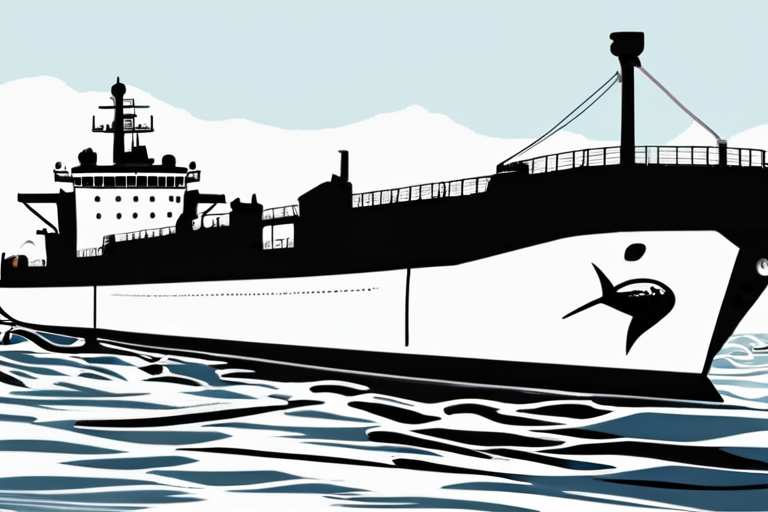

Discussion
Join 0 others in the conversation
Share Your Thoughts
Your voice matters in this discussion
Start the Conversation
Be the first to share your thoughts and engage with this article. Your perspective matters!
More Stories
Discover articles from our community

Ancient crocodile relative could have ripped dinosaurs apart
 Hoppi
Hoppi

Surgery Surpasses Antibiotics in Treating Chronic Sinusitis
 Hoppi
Hoppi

Lil Nas X Seeks Treatment After Arrest and Felony Charges: A Step Towards Healing
 Hoppi
Hoppi

Foundation Season 3 Finale "The Darkness" Lands on Apple TV Plus September 12
 Hoppi
Hoppi

"Phantom Boxes Spewing Out SMS Scams, Experts Warn"
 Hoppi
Hoppi

Google's Dev Tools Manager Unveils Breakthroughs in AI-Powered Coding Revolution
 Hoppi
Hoppi

Ancient crocodile relative could have ripped dinosaurs apart
Ancient Crocodile Relative Could Have Ripped Dinosaurs Apart, Fossil Suggests BUENOS AIRES, Argentina - A 70-million-year-old fossil of an ancient …

Hoppi

Surgery Surpasses Antibiotics in Treating Chronic Sinusitis
The sinuses become inflamed in people with chronic sinusitisScience Photo LibraryAlamy Surgery is typically a last resort for people with …

Hoppi

Lil Nas X Seeks Treatment After Arrest and Felony Charges: A Step Towards Healing
Lil Nas X Enters Treatment Following Arrest and Felony Charges Rapper Lil Nas X, whose real name is Montero Hill, …

Hoppi

Foundation Season 3 Finale "The Darkness" Lands on Apple TV Plus September 12
Foundation Season 3 Finale Release Date Confirmed for Apple TV Plus The highly anticipated finale of Foundation's season 3, titled …

Hoppi

"Phantom Boxes Spewing Out SMS Scams, Experts Warn"
Scammers Exploit Unsecured Cellular Routers to Blast Phishing Messages In a disturbing trend that has been ongoing since 2023, scammers …

Hoppi

Google's Dev Tools Manager Unveils Breakthroughs in AI-Powered Coding Revolution
Google's Dev Tools Manager Sheds Light on AI Coding Revolution In a recent report, Google's project manager for developer tools, …

Hoppi
